Korean Fried Chicken and Biscuit Sandwich
Experience the perfect harmony of Korean spices and Southern comfort with our Korean fried chicken nestled in fluffy biscuits.
Experience the perfect harmony of Korean spices and Southern comfort with our Korean fried chicken nestled in fluffy biscuits.
Indulge in wholesome comfort with our Tofu Bok Choy Soup. Packed with nutritious tofu, vibrant bok choy, and flavorful broth.
This Korean Philly Cheesesteak recipe combines the iconic flavors of Philadelphia’s classic sandwich with Korean-inspired ingredients.
Seoulful guacamole: Avocado meets Korean flair with sesame seed, gochujang heat for a tasteful sensation.
Experience the perfect harmony of Korean spices and Southern comfort with our Korean fried chicken nestled in fluffy biscuits.
Making white rice over the stove has proved to be a process of trial and error for me. I have burnt many pots of rice over the years. Believe me, it is no fun scrubbing burnt rice off a stainless-steel pot!
Through life experience, I have learned a few things about cooking rice the “old-fashioned way.” One, the proportion of rice to water must be correct. Too little water leaves the rice dry and hard, while too much water creates a sticky, gooey disaster.
Today, I am going to help you cook the perfect bowl of rice. It will be so amazing that your friends and family will be convinced that you used a rice maker.
See the results below from one of my recent attempts at cooking rice. During this trial, the proportion of rice to water was not correct. I added too much water. This resulted in rice that was overly sticky. It formed dense and unappetizing clumps. To top it off, the flavor didn’t hit the mark either.
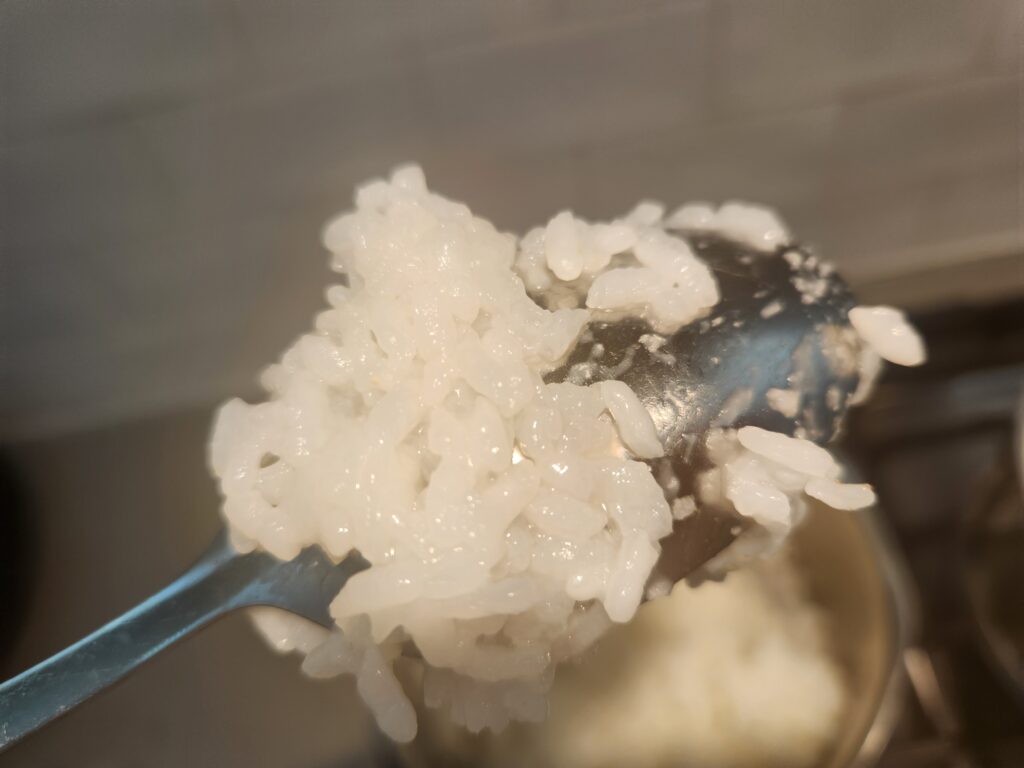
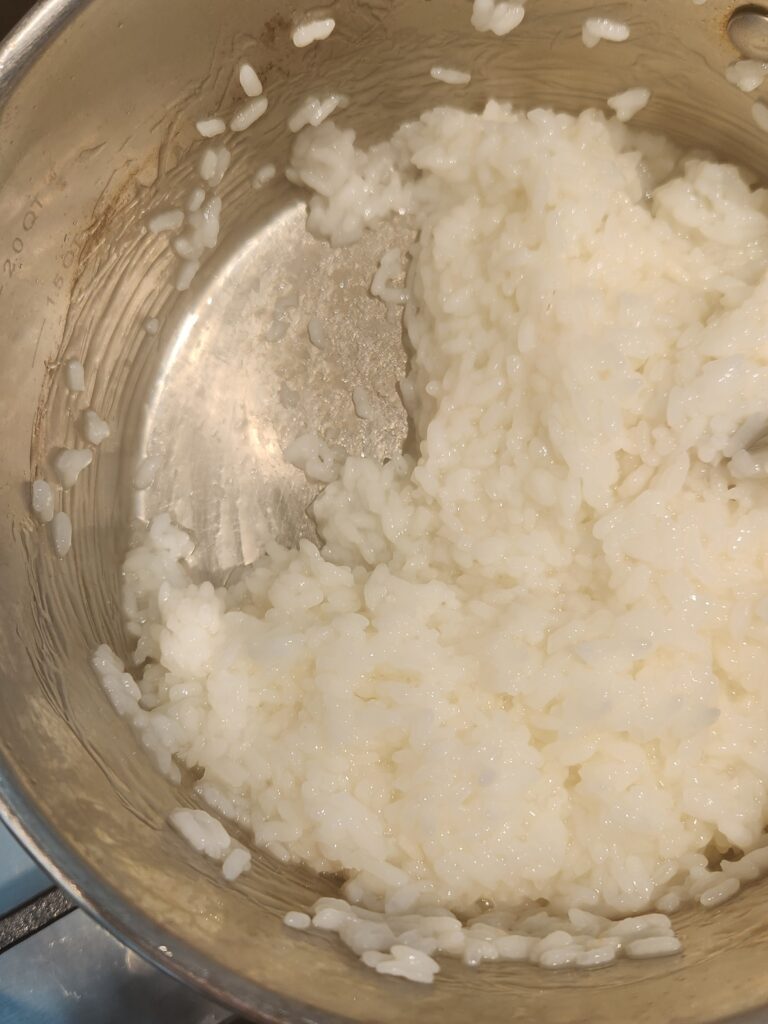

From experience, I have personally found that white-medium-grained rice tastes best with a 1.5: 1 (water to rice) ratio. The result above was tested with a 2: 1 (water to rice) ratio. As you can see, the texture is too gooey.
When I tried the 1.5: 1 (water to rice) ratio, the result was perfect, fluffy rice. Take a look at the results below.
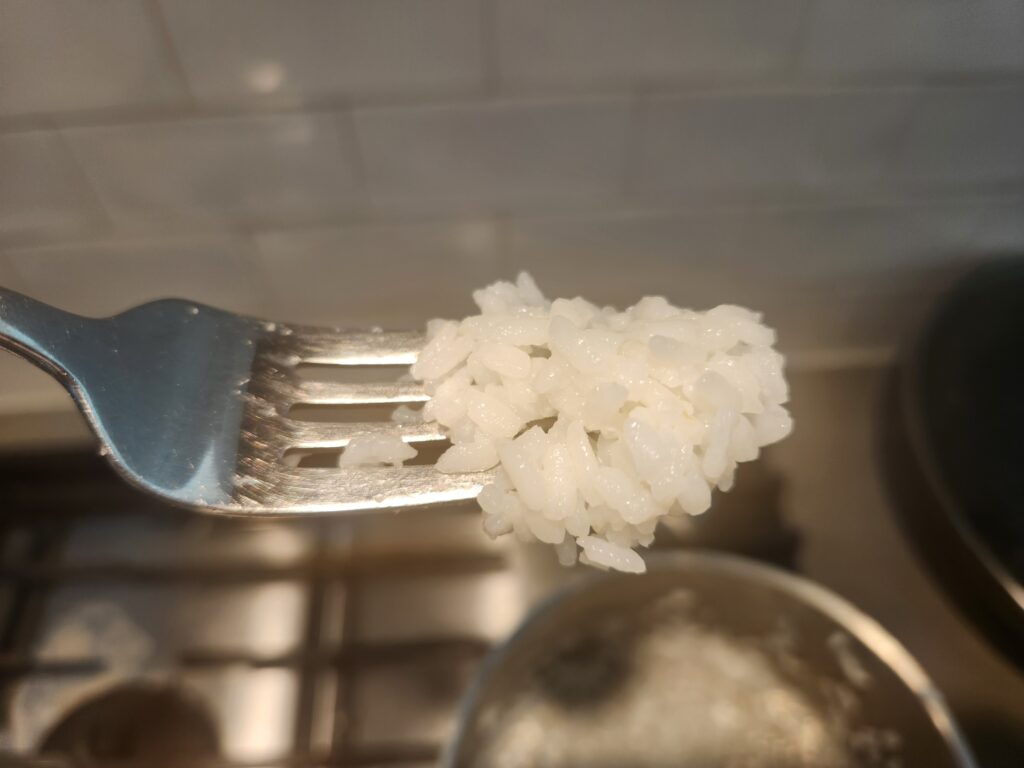
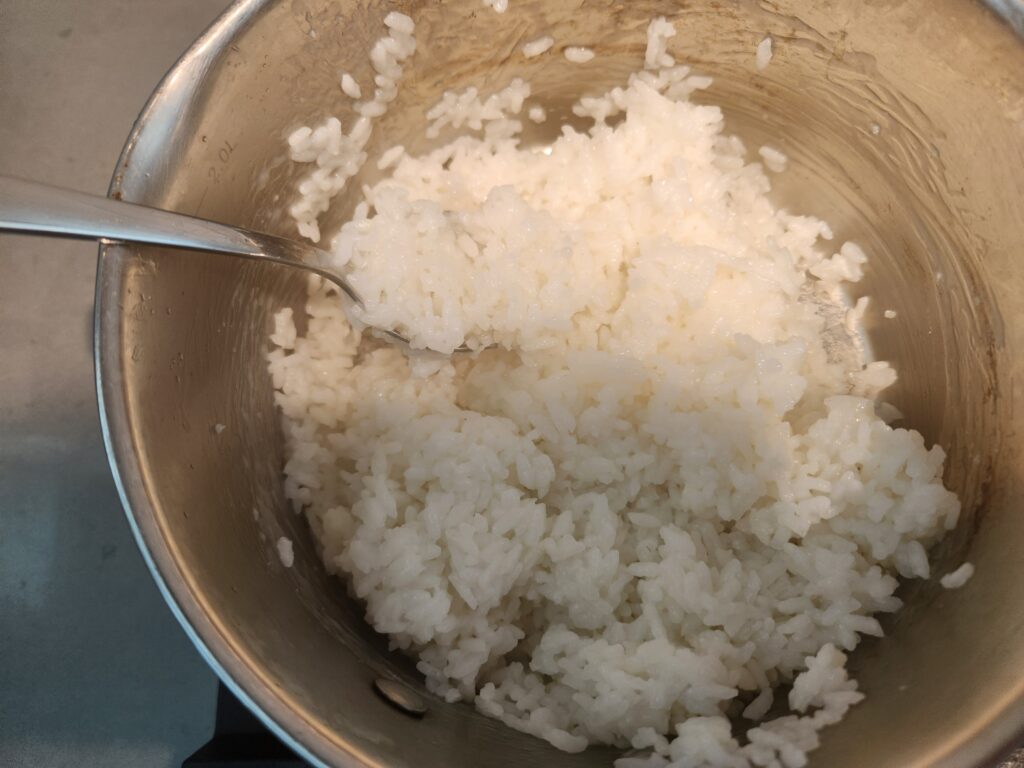
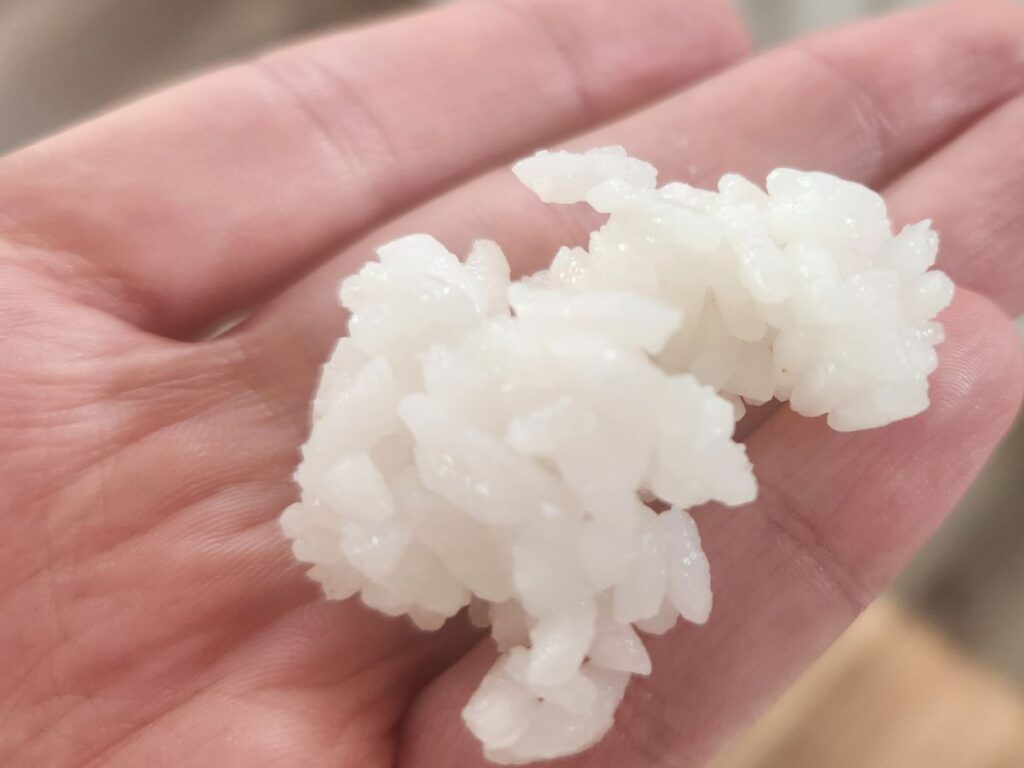
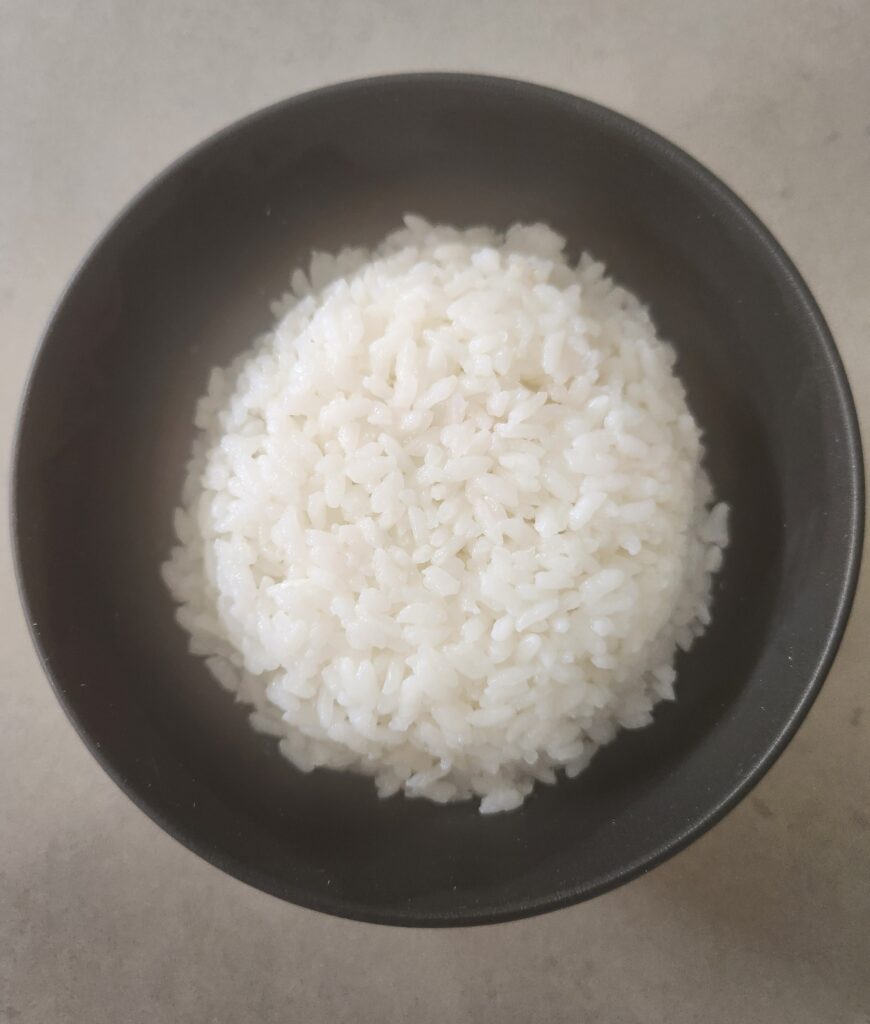
Perfectly cooked rice should have certain characteristics that show it that has been cooked correctly:
Besides the 1.5 to 1 water to rice ratio, I can also give you a couple of cooking tips before staring the recipe.
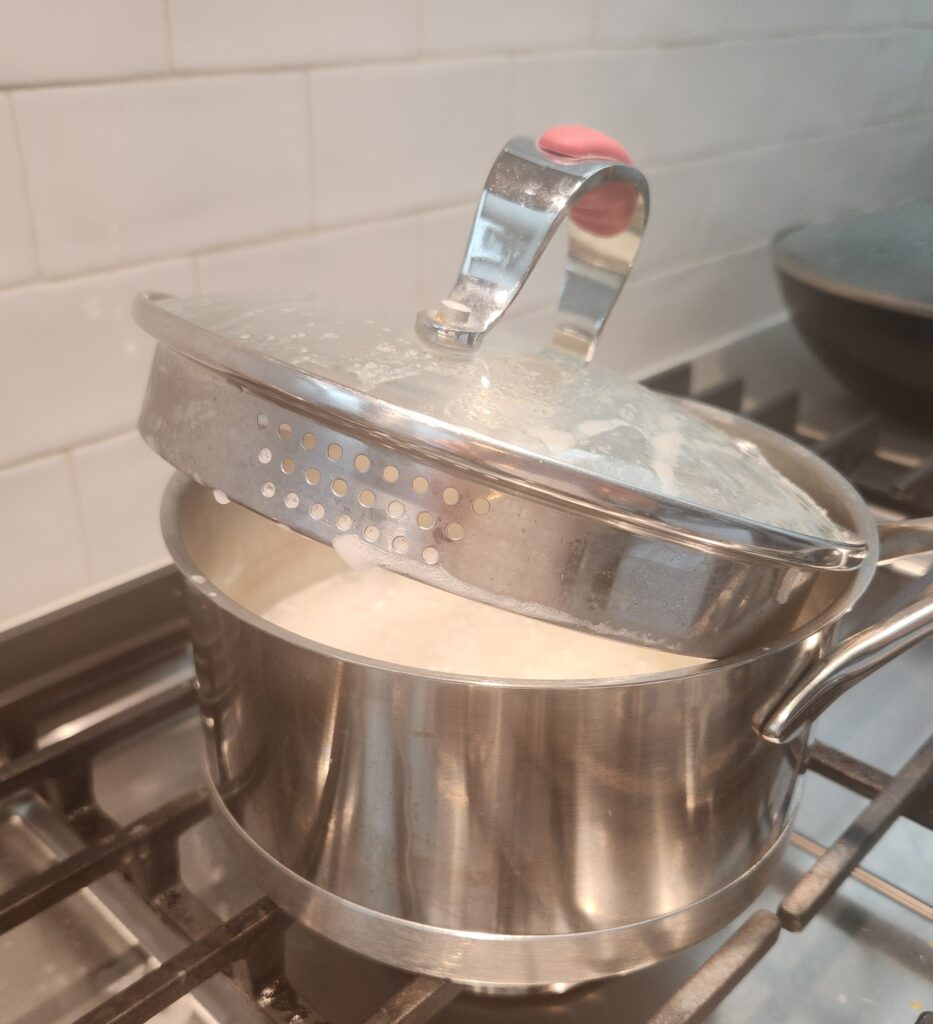
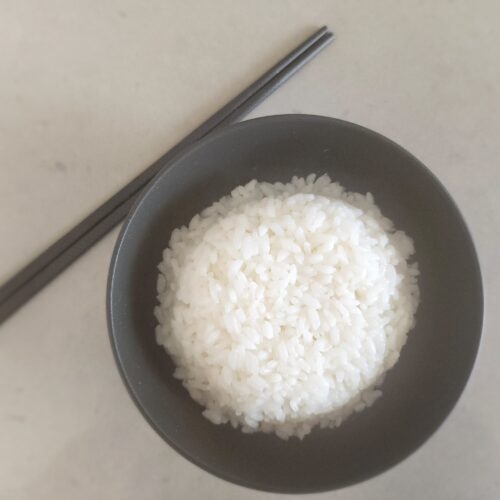

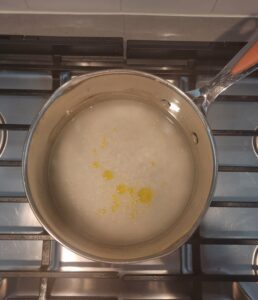
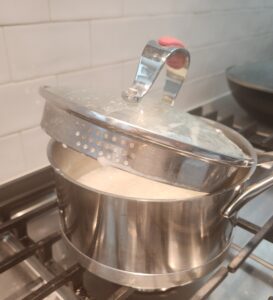
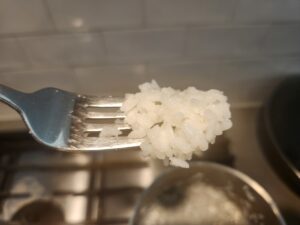
Indulge in wholesome comfort with our Tofu Bok Choy Soup. Packed with nutritious tofu, vibrant bok choy, and flavorful broth.
Discover a Korean twist on classic braised salmon! Our recipe combines soy sauce and Korean spices for a flavorful fusion.
This recipe for Korean Honey Butter Toast with Spicy Gochujang Drizzle is the perfect combination of spicy, sweet, and savory. This is a quick and easy recipe that is vegetarian friendly.
Honey butter toast is a common dessert sold in South Korean cafes. Honey butter toast consists of thick slices of bread, typically toasted until golden brown, then generously topped with a mixture of butter and honey. The result is a sweet and buttery treat with a slightly crispy exterior and soft interior. Some cafes in Korea serve honey butter toast with bread that is 5 inches thick. This may be true for other cafes in Asia as well.
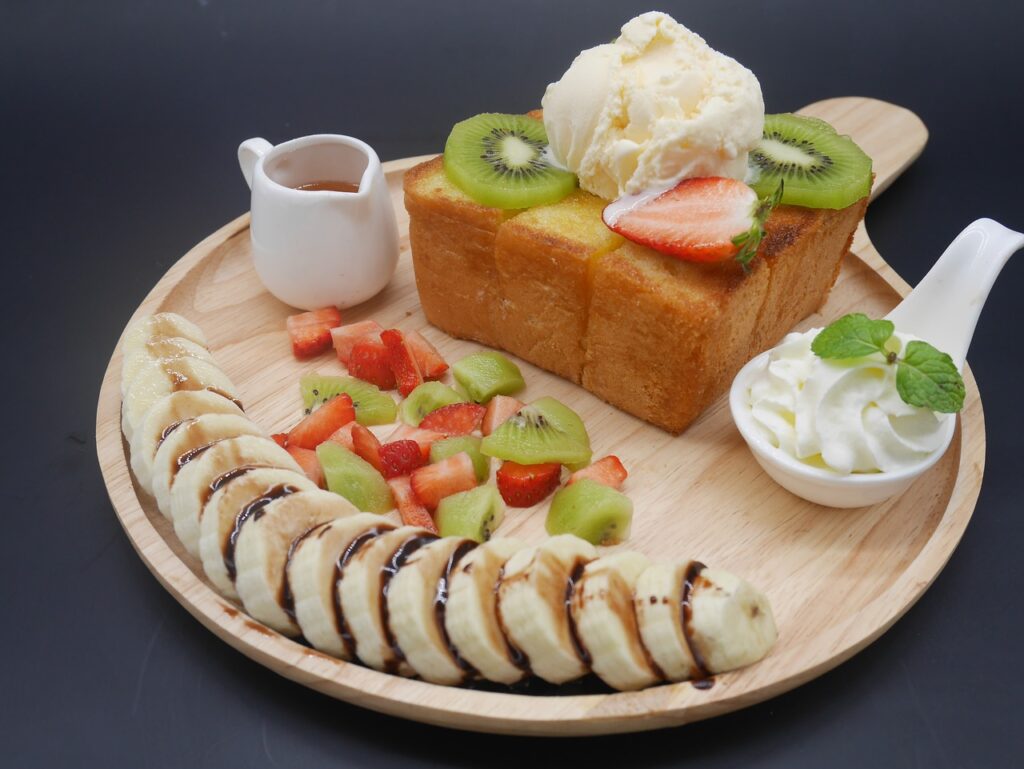
Honey butter toast can be enjoyed in various ways, sometimes served plain or with additional toppings such as whipped cream, ice cream, fruit, nuts, or syrup. Yum!
The secret to this recipe is the bread. Traditionally, honey toast is made with Korean milk bread. It is called 우유식빵 (uyu shik ppang). This type of bread is airy, soft, and slightly sweet. If you live near an Asian market that sells milk bread, this is the best option. Since we do not have access to this item, I purchased a loaf of thickly cut brioche bread. This type of bread is comparable since it has that airy and slightly sweet taste. Plain Texas toast would also work. The thicker the bread, the better. Some cafes in Korea serve honey butter toast that is 5 inches thick.
If you have time on your hands to make milk bread by hand, go for it! I am sharing a milk bread recipe if you’re interested. It requires just a handful of ingredients and a bit of patience. I followed this recipe, and it ended up working very nicely. Here’s the result below:
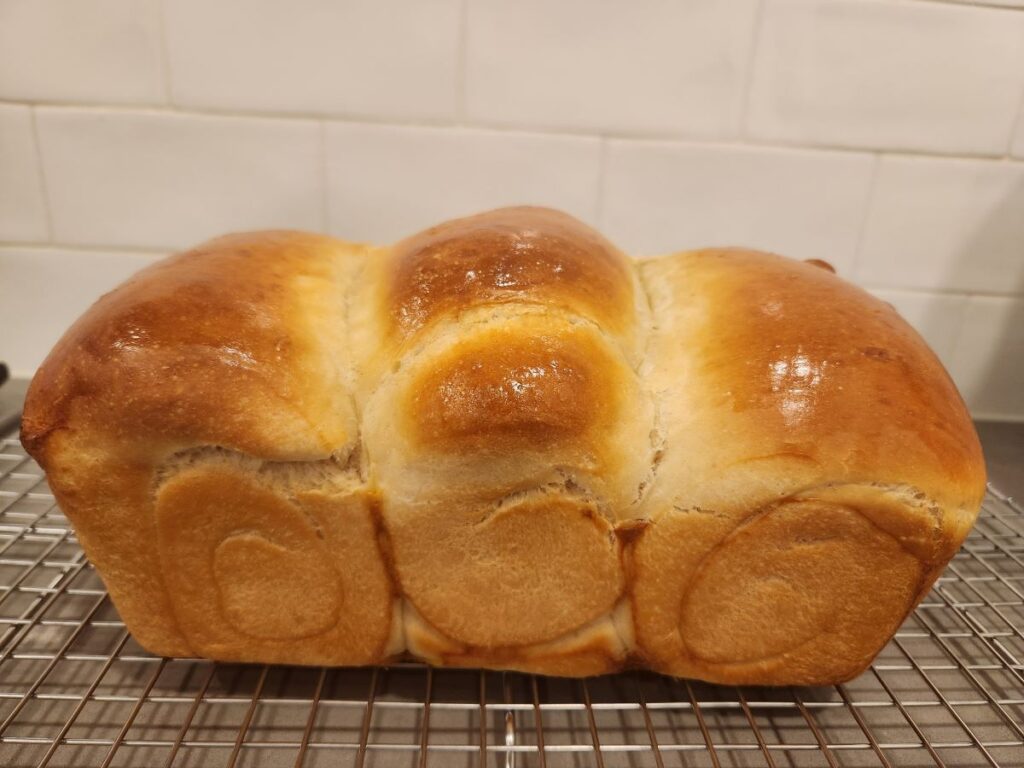
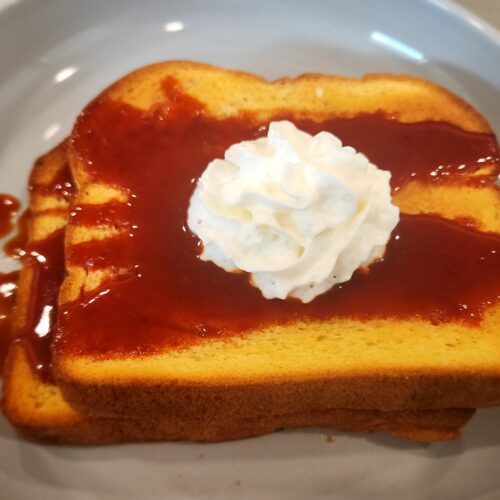

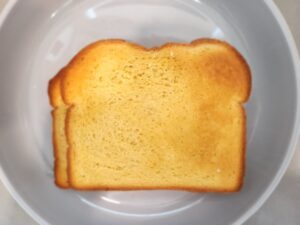
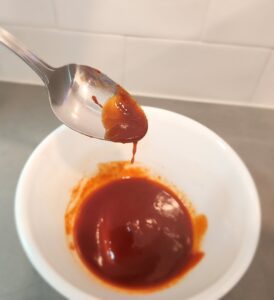
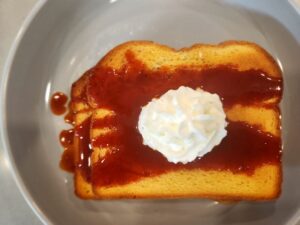
This Korean Philly Cheesesteak recipe combines the iconic flavors of Philadelphia’s classic sandwich with Korean-inspired ingredients.
Whip up homemade Tteokbokki – chewy rice cakes bathed in a sweet-spicy sauce. An iconic Korean street food. It’s a symphony of flavors in every bite!
The renowned dish known as dakgalbi, a spicy Korean chicken stir-fry, holds significant popularity. In the name, “dak” refers to chicken, and “galbi” signifies both “rib” and a “barbecue-style method of cooking meat.”
In the 1960s, in Chuncheon, South Korea, dakgalbi’s culinary journey unfolded through adaptation and economic considerations. A restaurateur named Kim Young-Seok discovered this culinary innovation during a surplus of poultry in the region. Faced with the higher cost of pork at the time, Kim drew inspiration from pork ribs and applied a similar sauce to marinate the poultry. By the 1970s, the backstreets of Chuncheon Province were teeming with dakgalbi restaurants. Its affordability made it a magnet for students and soldiers, earning it the nickname, “Commoner’s Galbi.” The dish flourished, benefiting from the thriving poultry industry in the province.
As an American living in Seoul, Korea many years back, I first tried dakgalbi at a chain restaurant called Yooganae ( 유가네) with a group of friends. We sat at a table and in the middle of the table, there was a large black grilling pan. After we placed our order, the server came out with a heap of fresh, raw vegetables, raw marinated chicken, rice cake, and red sauce. The employee heated the pan and added the veggies followed by the chicken, rice cakes, and finally the cheese. I recall that this restaurant had a special rice cake type with cheese hidden inside. I was a big fan of it.
Afterward, the employee brought out a large bowl of rice and fried it with the spicy remaining dakgalbi sauce. They cook the rice for an extended period, making it stick to the pan. Afterward, the server scraped the bottom of the pan and dished out the rice. It was cheesy, spicy, crunchy perfection.

According to my husband, Joon, dakgalbi has many variations. Some styles are more of a fry like my experience at Yooganae and other versions have more liquid sauce. Koreans add a variety of vegetables to dakgalbi including perilla leaves, cabbage, white onions, green onions, carrots, and sweet potatoes. Mozzarella cheese and rice cake are also common items added to this dish. The sauce is red, garlicky, spicy, and somewhat sweet.
Today, we will make dakgalbi using some items from our recommended post, Essential Ingredients for the Korean Kitchen. If you need a refresher on the ingredients, I recommend looking over this post.
Rice cake and perilla leaves are recommended for this recipe as they add a more traditional taste. When cooked, the perilla leaves have a less potent taste. They will give a unique aroma between basil, mint, and star anise. Sometimes, perilla is labeled as sesame leaves at the Asian mart. Since we do not have access to perilla leaves nearby, we skipped this ingredient and still had a very delicious result.
There is the option for fried rice at the end of this recipe. To make this, we recommend using older rice (1-2 days old), gim (dried seaweed/laver), and leftover dakgalbi marinade. Feel free to add cheese, green onions, or sesame seeds to the rice for some extra flair.
How long do I marinate the chicken?
We advise marinating the chicken for 24 hours before cooking for a deeper flavor. If not possible, marinate for at least 30 minutes to 3 hours. The longer the better!
What part of the chicken do I need?
You may use chicken thighs, meat from a drumstick, or chicken breast. The chicken needs to be cut into bite-sized pieces.
What is rice cake and where do I find it? How do I prepare it?
I purchased Korean rice cake called “tteok” World Market. You may find it on Amazon. Please review your rice cake’s instructions for preparation. Usually, it should be soaked for 10 minutes in warm water to soften and then drained. Do not over soften the rice cake; it should be slightly soft when adding to the pan for cooking.
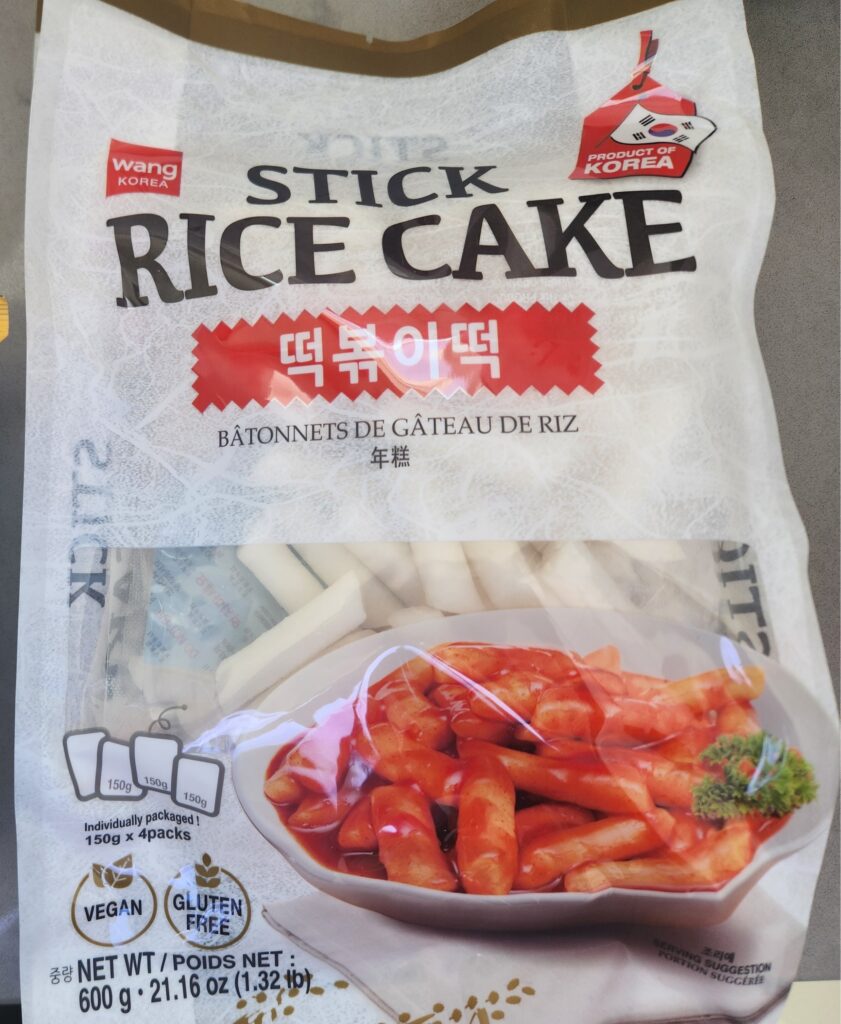
Wait, aren’t carrots part of this dish?
Carrots are often found in dakgalbi dishes. My husband is not a fan of cooked carrots, so we did not use them. If desired, you may add half of a carrot by cutting it into ¼ inch pieces.
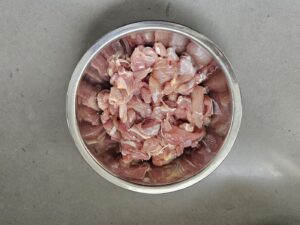
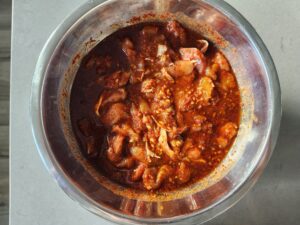
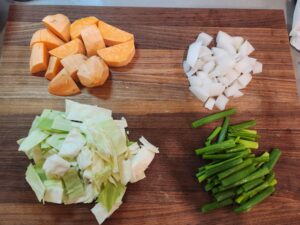
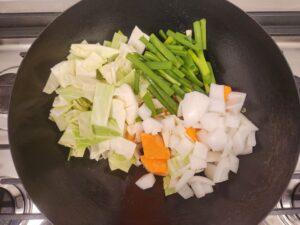
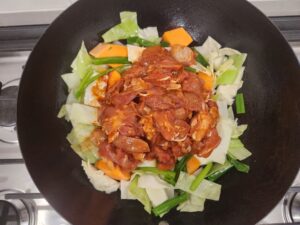
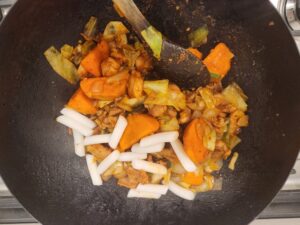
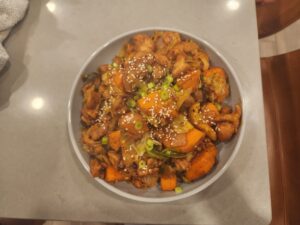
The global popularity of Korean pop culture, K-dramas, and movies has undoubtedly piqued interest in Korean food. Seeing these delicious dishes enjoyed on-screen naturally sparks curiosity and a desire to try them. There is a good reason to try Korean food as the cuisine is …